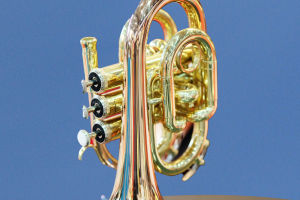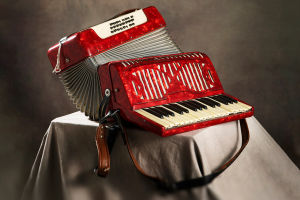The djembe is more than just a percussion instrument; it is a vessel of communication and celebration among communities in West Africa, particularly in countries like Mali, Guinea, Ivory Coast, and Senegal.
Traditionally carved from a single piece of wood, the djembe has a goblet shape that produces a wide range of sounds, making it incredibly versatile and expressive.
The name ‘djembe’ is believed to have originated from the saying "Anke djé, anke bé" which translates to "everyone gathers together in peace" in the Bambara language, defining the drum’s role in community gatherings, celebrations, and rituals. The djembe's distinctive sound is capable of expressing a variety of emotions, from joy to sorrow, and everything in between. It plays a crucial role in the oral tradition of West Africa by accompanying storytellers and dancers.
Learning to Play the Djembe
The journey to mastering the djembe involves understanding its three basic sounds: bass, tone, and slap. Each sound is produced by striking different parts of the drum's skin with specific hand techniques:
1. The deepest sound of the djembe, played by striking the centre of the drum head with a heavy, relaxed hand. This sound serves as the heartbeat or foundation of djembe rhythms.
2. A clear, resonant sound is produced by striking the drum head near the edge with the fingers and palm held together. This sound is often used to provide a melodic counterpoint to the bass.
3. The sharpest and most piercing sound, is achieved by hitting the rim of the djembe with the fingers spread wide. This sound adds brightness and excitement to djembe rhythms.
Learning to play the djembe also involves practicing rhythm patterns and breaks which are essential components of traditional West African music. Beginners often start by learning simple rhythms, such as the "Djembe Kan," which can be played alone or as part of a drum circle.
Cultural Significance and Modern Adaptations
The djembe is deeply ingrained in the cultural fabric of West Africa. It is used in a variety of settings, from healing ceremonies and rituals to weddings and other celebratory events. The drum's ability to bring people together is unparalleled, transcending language barriers and cultural differences.
In recent years, the djembe has gained international popularity, becoming a symbol of cultural exchange and unity. It is now commonly found in global music scenes, contributing to a wide range of musical genres beyond its traditional roots.
The djembe is not just an instrument; it is a bridge to cultural understanding and a tool for social engagement. As you embark on the journey of learning to play the djembe, embrace the deeper connection it fosters with history, culture, and community.


